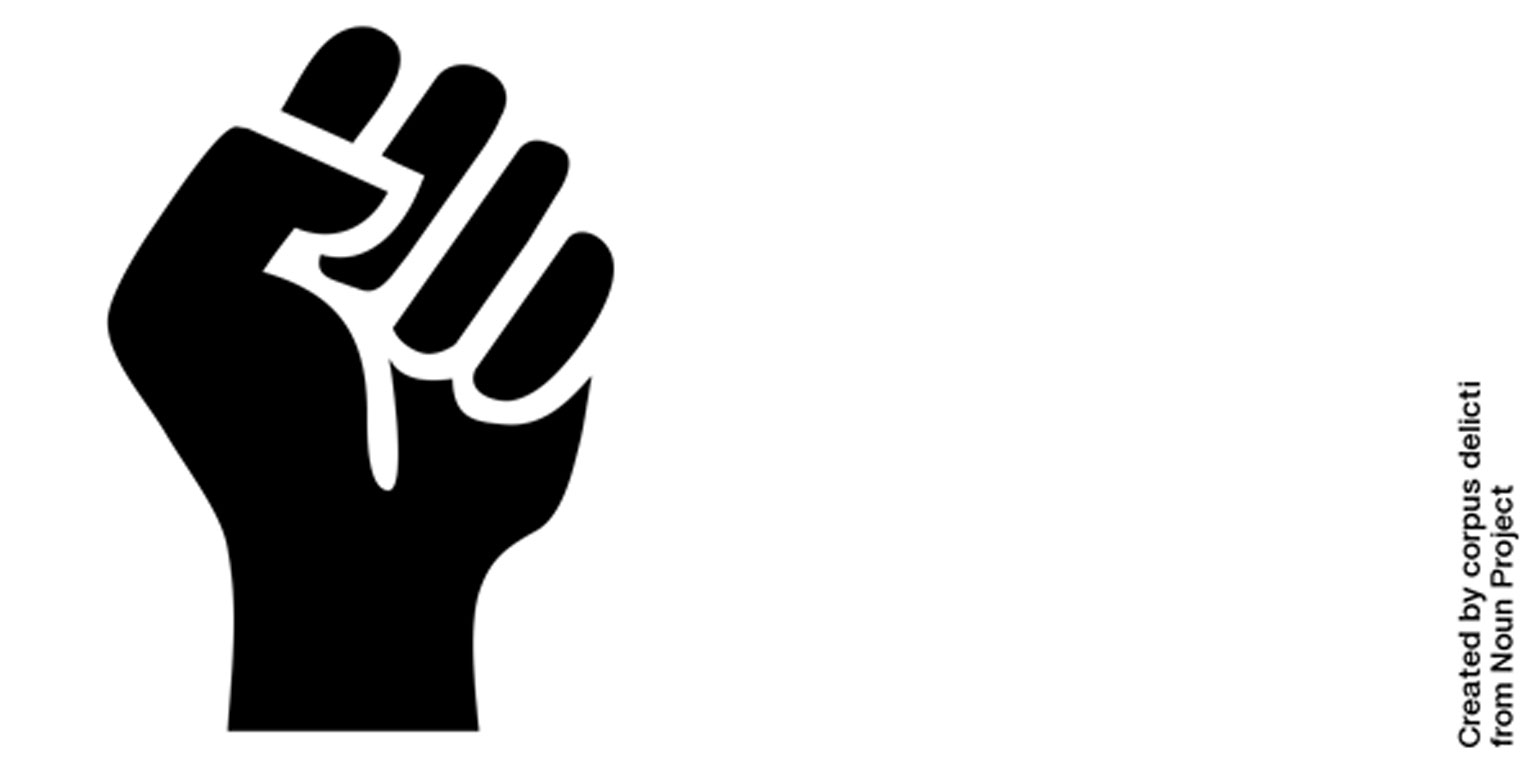For many immigrant rights advocates, now is a time for renewed solidarity with the movement to end anti-Black racism. But if the past is prologue, these expressions of solidarity will wither unless we insist on tangible and enduring bridges between our movements.
Recognizing those bridges will not only deepen our solidarity, but dislodge the pretense that immigrants live in a silo, free from the systems of racial oppression that normalize violence against Black people. In particular, at least three intersections in our movements show the intimate connections between the fight for immigrants’ dignity and against white supremacy.
1. Reform is not enough, because the system is not “broken;” it is designed to uphold white supremacy.
Collective grief and anger over the murder of George Floyd have pushed us to think past calls for mere reform of a system that has failed to hold police officers accountable time and time again for the murders of Black people. This lack of accountability works in concert with a prison system that disproportionately jails people of color, enacting unofficial death sentences under this pandemic.
These failures are not only reckless but also intentional and rooted in white supremacy. Black communities’ frustration with failed police reform efforts should resonate for immigrants’ rights advocates. There is a parallel to calls for piecemeal immigration reform, which have long stalled calls for sweeping, meaningful change.
Immigration laws and policies also are rooted in white supremacy. The first hallmark requirement for naturalization was to be a “free white” person of good moral character. In the early 20th Century, a U.S. Senator and proud defender of lynching and segregation helped criminalize crossing the border. Racial quotas and arbitrary incarceration of non-Europeans continued to define immigration law until the 1960s.
Today, the U.S. deportation machine disproportionately detains and deports Black immigrants. This administration has further advanced European immigration, while denouncing Latin American and African nations as “s----hole” countries that send “rapists” and “criminals.”
2. Law enforcement impunity is a symptom of a larger ill: the criminalization of Black and Brown bodies.
Kadir Nelson’s art and the hashtag #SayTheirNames call on a long history of slayed Black people, including transgender folks and children, because white supremacy views Black lives as imminent threats. In the string of familiar names are Black immigrants as well, such as Amadou Diallo and Alfred Olango, shot within instants of their encounters with the police. All those encounters are predicated upon a presumption of guilt for the victim and a system of impunity for officers. How else would 99% of police shootings not result in charges against police officers from 2013 to 2019?
These dynamics should be familiar to immigrants’ rights advocates. Two plain-clothed Immigrations and Customs Enforcement (ICE) officers recently arrested a man, without identifying themselves. Witnesses thought these officers were kidnapping this man, rather than conducting an arrest. When Erick Diaz tried to stop them, ICE officers, who later claimed to be under “physical attack,” shot Mr. Diaz in the face.
In 2016, a Customs and Border Protection (CBP) officer fatally shot a 16-year old Mexican youth with ten bullets in his back. Instead of prosecuting the officer, the federal government argued that holding the officer accountable would “impinge on U.S. foreign relations” and “undermine border security.” The Supreme Court agreed, despite evidence of 800 complaints of physical, verbal, and sexual abuse by CBP in three years—nearly all of which resulted in no disciplinary action against the officers.
Shootings are also not the only ways that federal immigration authorities have blood on their hands. Since 2019, the U.S. government has forcibly returned over 1,000 migrants to suffer murder, rape, torture, kidnapping, and other violent assaults in the infamous Remain-in-Mexico program. ICE has tortured immigrants with mental illness by placing them in prolonged solitary confinement that all but guaranteed their suicide. Six children died as a result of being placed in CBP custody in less than one year.
To date, no agency has been held accountable—because their actions are the norm, not the exception. Their cruelty hinges on the myth of the “criminal alien” (founded in eugenics) that dehumanizes migrants and immunizes their abusers.
3. White supremacy has weaponized public health, long before the COVID-19 pandemic.
While George Floyd would be alive today but for police terror, the news that he previously contracted COVID-19 rekindled the racial dimensions of today’s public health crisis. African American, Latinx, and Native communities are dying at far higher rates than their white peers. As The 1619 Project recently showed, racial disparity was built into a public health system that is designed to marginalize and exclude millions. In fact, free health care was weaponized to lure African Americans during the Tuskegee Syphilis Study, which killed numerous men and infected their spouses and children. The U.S. exported the perverse experiment to Guatemala, whose citizens’ bodies were seen as equally disposable.
Racist notions about immigrants’ bodies undergird public health policies. In the 19th Century, lawmakers groomed the ideology that immigrants may carry “loathsome and contagious disease.” This view—predicated on racist, classist, and ableist stereotypes—laid the groundwork for the deportation machine we have today. Immigration became synonymous with contagion and a threat to domestic welfare.
That ideology lives on today. While President Trump has called COVID-19 the “invisible enemy,” he has frequently used briefings on the pandemic to promote a physical border wall and anti-immigrant views. The Centers for Disease Control and Prevention’s recent order to shut down the border indefinitely anchored a longstanding scheme to exploit public health as a pretext to eradicate migration. All the while, Congress denies treatment and testing to immigrant communities.
What we can learn from these bridges
As Michelle Alexander recently laid bare, the racial politics that demonize immigrants is an iteration of continuously re-formed systems of racial control that have criminalized people of color since this country’s inception. Combining calls to end mass deportations with calls to end mass incarceration strengthens our mutual fight against white supremacy.
Joining the call to #DefundThePolice is not just a demonstration of solidarity by the immigrant rights movement, but a vital necessity as we combat the racist presumption of guilt that Black and Brown bodies bear daily.
Finally, the historic pandemic we face today is a kaleidoscope for the racialized approach to public health in this country—simultaneously failing to shield people of color at the frontlines, obstructing access to health care, injecting disease, and fearing contagion from people of color. As we heed the call to divest from policing and immigration control, we must envision new ways to invest in our communities’ lives and health.
Of course, these are not the only ways our movements are interwoven. But our solidarity should propel us to join forces in dismantling the common source of the multifaceted crises that face our communities.
Azadeh Erfani is a senior policy analyst at NIJC.

